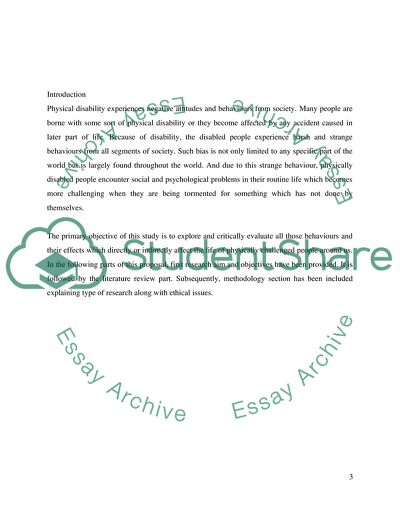Cite this document
(Social and Psychological Effects on Physically Disabled People Assignment, n.d.)
Social and Psychological Effects on Physically Disabled People Assignment. https://studentshare.org/sociology/1848279-research-proposal-methods
Social and Psychological Effects on Physically Disabled People Assignment. https://studentshare.org/sociology/1848279-research-proposal-methods
(Social and Psychological Effects on Physically Disabled People Assignment)
Social and Psychological Effects on Physically Disabled People Assignment. https://studentshare.org/sociology/1848279-research-proposal-methods.
Social and Psychological Effects on Physically Disabled People Assignment. https://studentshare.org/sociology/1848279-research-proposal-methods.
“Social and Psychological Effects on Physically Disabled People Assignment”. https://studentshare.org/sociology/1848279-research-proposal-methods.


